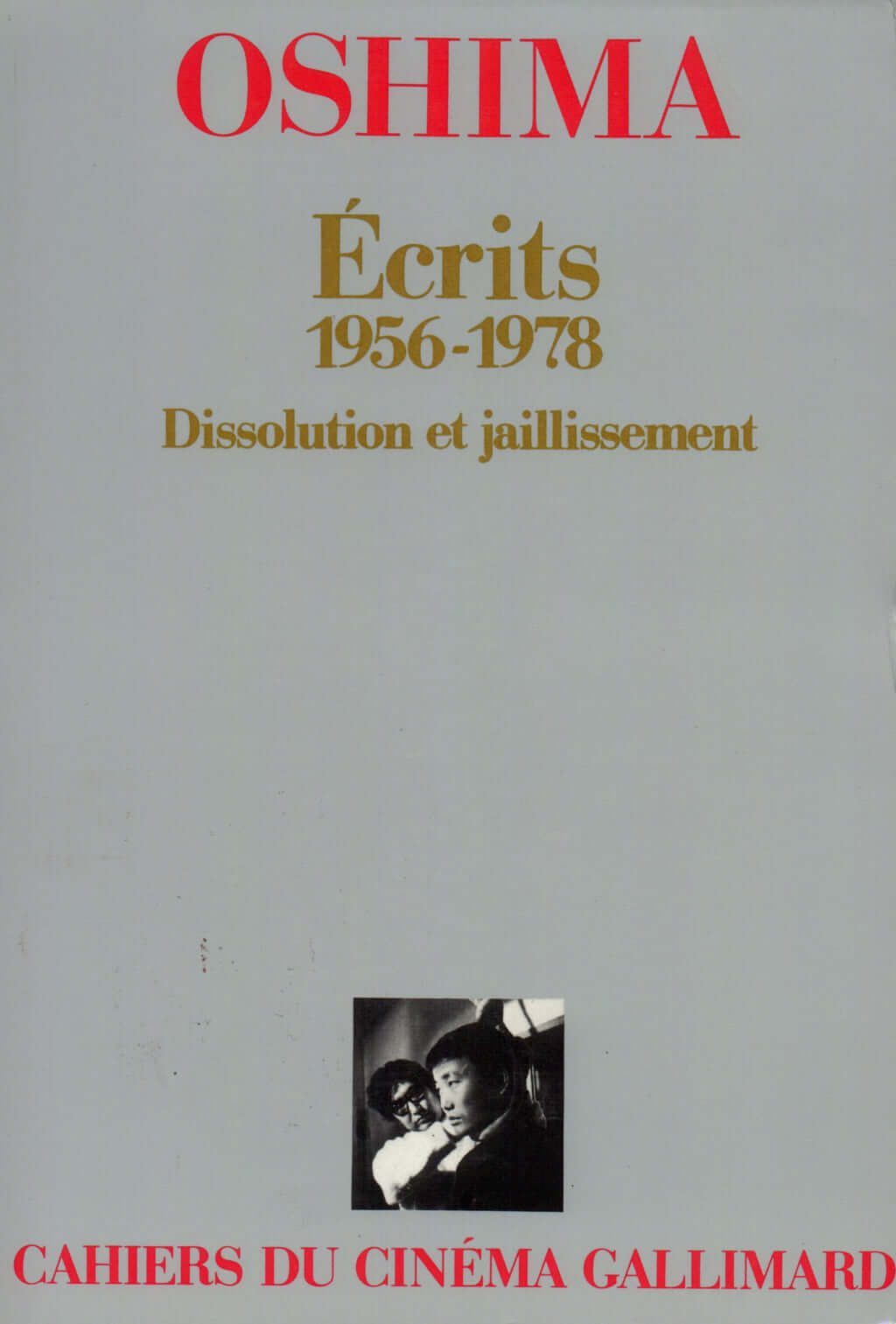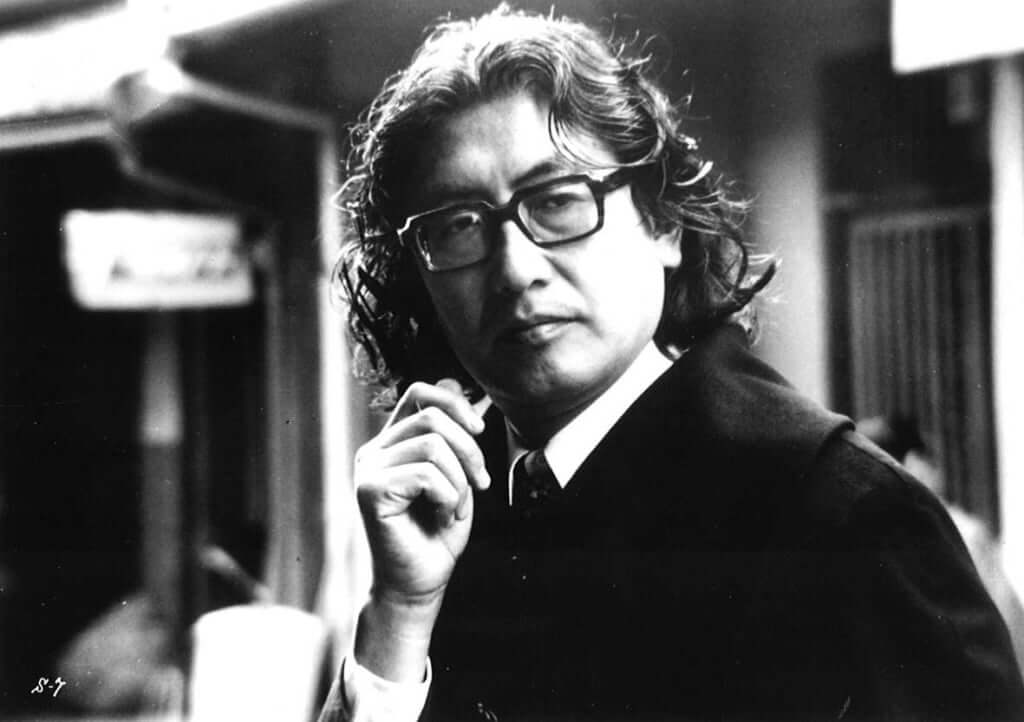Autobiographical Fragments from Nagisa Oshima
The transgressive filmmaker tells his story in his 'Writings (1956-1978)', revisiting the moments that marked his directorial career.

© Gallimard
Nagisa Oshima’s name is inextricably linked to his most provocative film, which caused a scandal in Japan, In the Realm of the Senses. The director’s career was far more dense, however, with all his films having the search for identity as their guiding theme. This is revealed in Cinema, Censorship and the State: The Writings of Nagisa Oshima (1956-1978), by Nagisa Oshima himself.
In the book, the director, who was born in Kyoto in 1932 and passed away in 2013, describes his wildest dreams and his notorious failures. He reveals his mistakes and experimentation as a young filmmaker in a country where uncertainty reigned, and looks back at the shockwave caused by his pornographic film In the Realm of the Senses.
Violence and sex as anchor points
The book, which covers the period from 1956 to 1978, is structured around two main chapters that reveal his first steps as a director, his ambitions, and his projects in cinema from 1956 to 1963, then between 1965 and 1970. This career progression is interspersed by a few more autobiographical and personal interludes, in which Nagisa Oshima recalls his various trips outside of Japan, including to Korea and Vietnam, and his visceral need to look at the world as it is, without diminishing its violence and cruelty. He also cites several French authors here and there, such as Sartre and Camus, his literary inspirations for Death by Hanging (1968) and Furyo (1983).
Cinema, Censorship and the State: The Writings of Nagisa Oshima (1956-1978) concludes with a text reminiscent of a pamphlet. In ‘On trial for obscenity’, Nagisa Oshima details the accusations faced by his film In the Realm of the Senses in Japan, anchoring his cinematographic practice to two concepts, violence and sex. This creative approach led the director to build his career away from the codes of Japanese society, rejecting the restrictive order it imposed. This autobiographical work outlines the filmmaker’s provocative nature, reinforced by a political outlook and allowing the reader to better understand his fundamental role in Japanese cinema.
Cinema, Censorship and the State: The Writings of Nagisa Oshima (1956-1978) (1992), a book by Nagisa Oshima, is published by MIT Press.

TRENDING
-
A House from the Taisho Era Reveals Its Secrets
While visiting an abandoned building, Hamish Campbell discovered photographs the owner had taken of the place in the 1920s.

-
The Taboo-Breaking Erotica of Toshio Saeki
The master of the 1970s Japanese avant-garde reimagined his most iconic artworks for a limited box set with silkscreen artist Fumie Taniyama.

-
With Meisa Fujishiro, Tokyo's Nudes Stand Tall
In the series 'Sketches of Tokyo', the photographer revisits the genre by bringing it face to face with the capital's architecture.

-
Masahisa Fukase's Family Portraits
In his series ‘Family’, the photographer compiles surprising photos in which he questions death, the inescapable.

-
Hajime Sorayama's Futuristic Eroticism
The illustrator is the pioneer for a form of hyperrealism that combines sensuality and technology and depicts sexualised robots.





